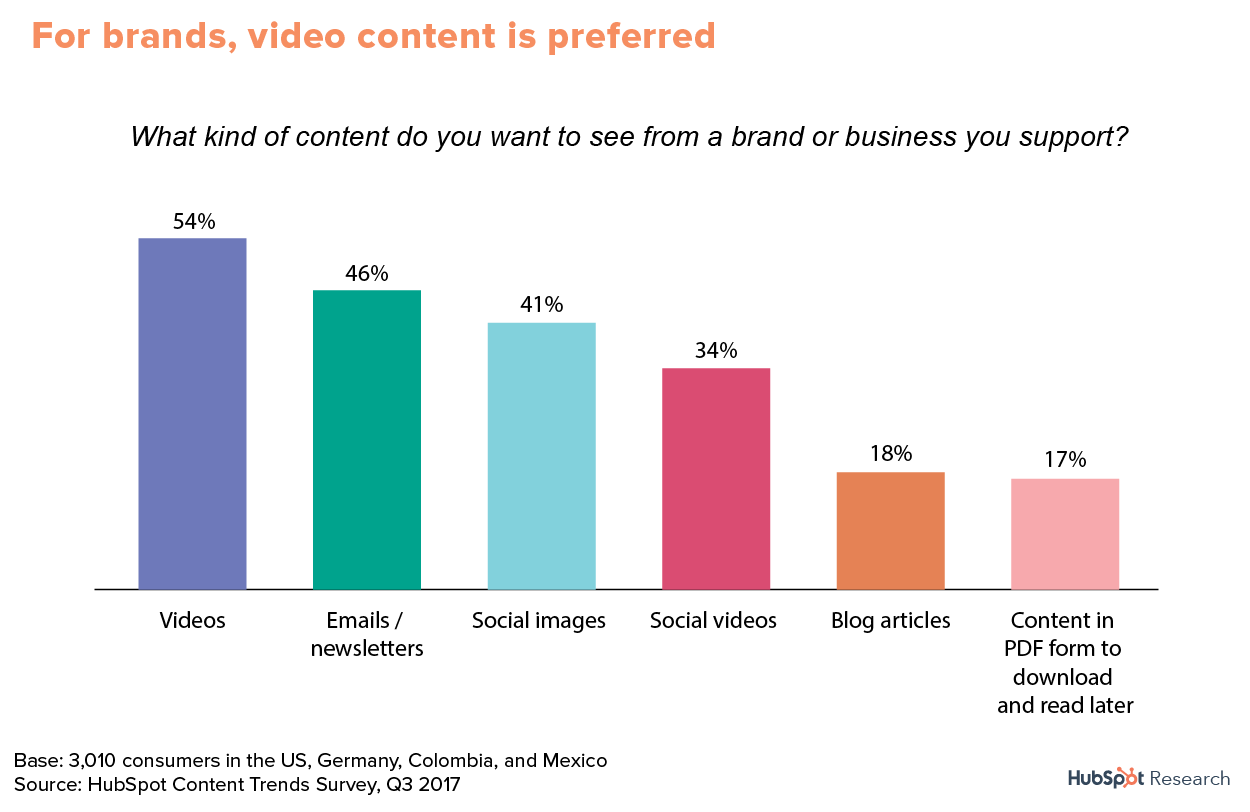
E-commerce localization is key for cross-border e-commerce retailers to compete with local brick-and-mortar stores and online retailers. Latin America is home to three of the fastest-growing e-commerce markets in the world. For companies interested in jumping in early to the e-commerce boom in Latin America, understanding Latin American localization is essential to fast success.
International localization can be a big headache for small companies, but advances in technology are making it much easier to navigate the process. E-commerce localization is more important than ever: 75% of consumers only want to buy products from sites in their native language. And a whopping 92% of consumers want to purchase from sites using their local currency.
Let’s dive into the three most important forms of e-commerce localization for the Latin American market.
Three Keys to Latin American E-Commerce Localization
-
Languages & Looks
The most common form of localization is translation. However, localization and translation are not the same thing. When selling in Latin America, translation is the first step.
The predominant language in Latin America is Spanish. However, this Spanish is different from the kind spoken in Spain. Beyond Spanish, Portuguese is critical if you want to sell in Brazil; other languages such as French and Dutch (especially in the Caribbean) and native languages like Mayan and Quechua are also important to consider.

Translating the words isn’t enough to make your site intelligible to Latin Americans. Functional content like date formats and measures may help further increase your site’s appeal to Latin American consumers. One of the most important elements is converting measures of weight and size, since most of the region uses the metric system.
When completing e-commerce localization, one of the temptations may be to only localize the e-commerce pages. However, if you’re invested in succeeding in Latin America, you should consider localizing other content: support pages, marketing materials, FAQs, etc. This type of content can set you apart from other international retailers who may be doing the bare minimum to sell in Latin America.
Remember that language is also an important consideration for parcel packaging and customs forms. Partnering with a logistics provider that specializes in the region will help streamline this process and cut down on cross-cultural missteps.
-
Payment Processing
One of the unique challenges for Latin America is the number of people who remain unbanked. While e-commerce in the United States and Europe runs primarily on credit cards and banks, over 50% of Latin American consumers don’t have a bank account.
Latin American localization requires special attention to how companies handle payments. There are many different forms of payments expected by Latin American consumers: installment plans, bank transfers, cash vouchers, and more.
By expanding your e-commerce localization to incorporate these payment methods, you can greatly expand the number of consumers able to shop on your site. With so many people accessing the web through smartphones—by 2020, 71% of Latin Americans will own them—non-traditional payments and mobile-ready sites will be key to penetrating the market.
-
Marketing That Makes Sense
The last pillar of e-commerce localization has to do with your marketing. It’s important to tailor your marketing efforts to the region. As previously mentioned, the increase of mobile devices and social media make digital channels the ideal places to market compared to television or print.
Traditional media receives nearly three-quarters of the ad budget in the region, and the digital share falls well below the worldwide average (26.3% versus 43.5%). That means that mobile and digital marketing are underutilized and offer good opportunities for dominating your niche.
According to HubSpot, Latin American consumers are especially open to digital marketing. In particular, video and social media marketing are far more effective in Latin America. However, Latin American consumers prefer not to be emailed with marketing content.

Though it may not be feasible to localize for every market, it’s worth examining the markets you’re considering and determining which ones are best suited for localization. If the majority of your target demographic in a certain country does not speak English, for example, then localization may be necessary to engage potential customers.
Finding the Right Local Partners
Localizing your website, payment methods, and other marketing is only as effective as your order fulfilment and delivery services are in the region. From tracking, to customs, to parcel delivery, effective shipping solutions are the essential icing on the cake that is Latin American localization.
To succeed at e-commerce localization, you need a shipping partner with years of experience in Latin America to provide local support that keeps orders on track and customers happy. Contact SkyPostal today to learn how our years of experience working with international companies shipping and selling in Latin America can help your expanding business.

